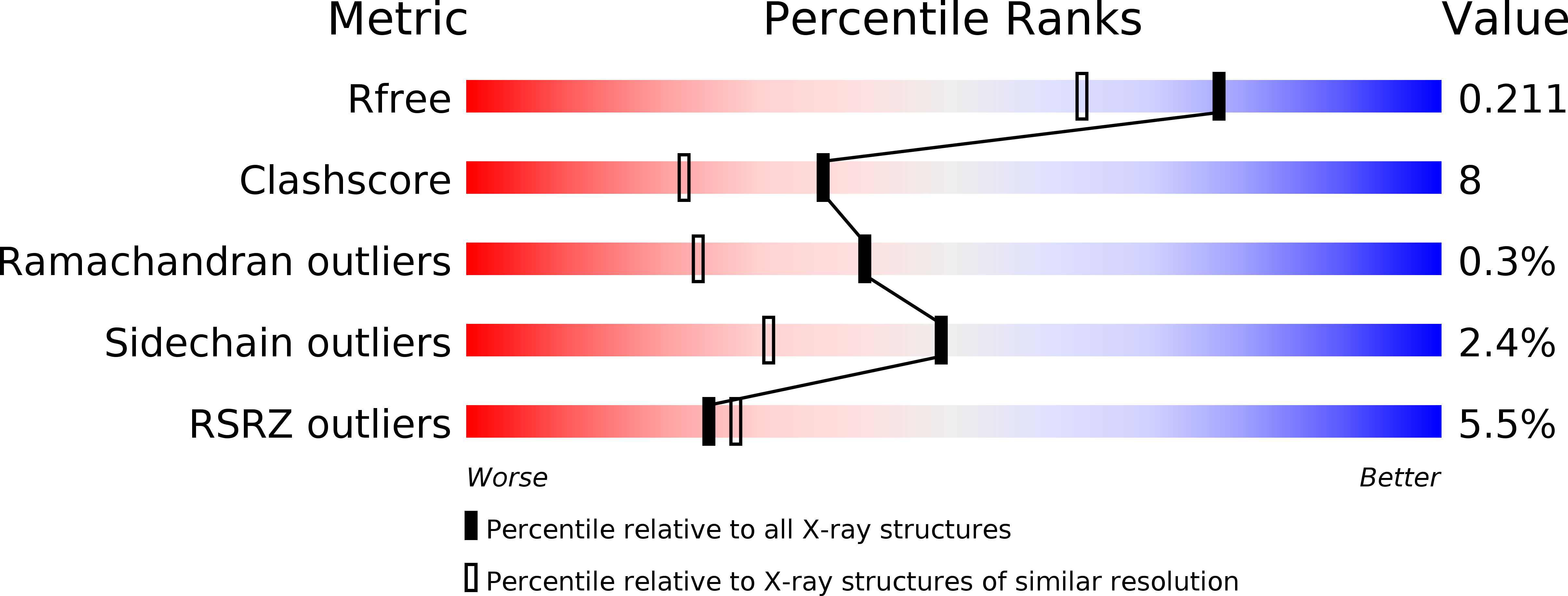
Deposition Date
2010-07-23
Release Date
2010-12-15
Last Version Date
2024-11-06
Entry Detail
PDB ID:
3O36
Keywords:
Title:
Crystal structure of TRIM24 PHD-Bromo complexed with H4(14-19)K16ac peptide
Biological Source:
Source Organism:
Homo sapiens (Taxon ID: 9606)
Host Organism:
Method Details:
Experimental Method:
Resolution:
1.70 Å
R-Value Free:
0.21
R-Value Work:
0.19
Space Group:
C 1 2 1


